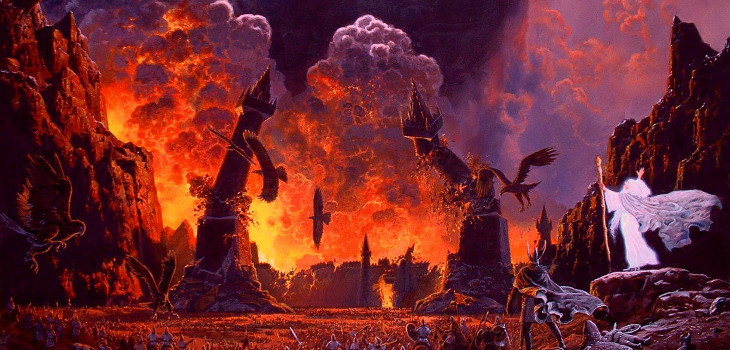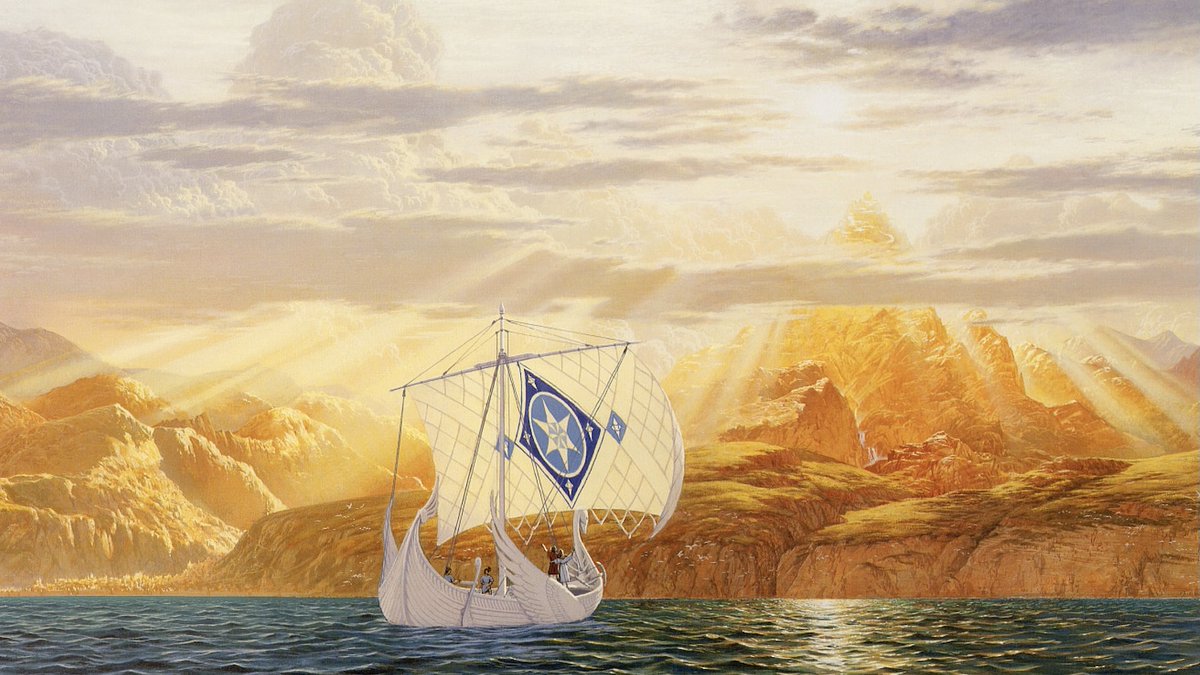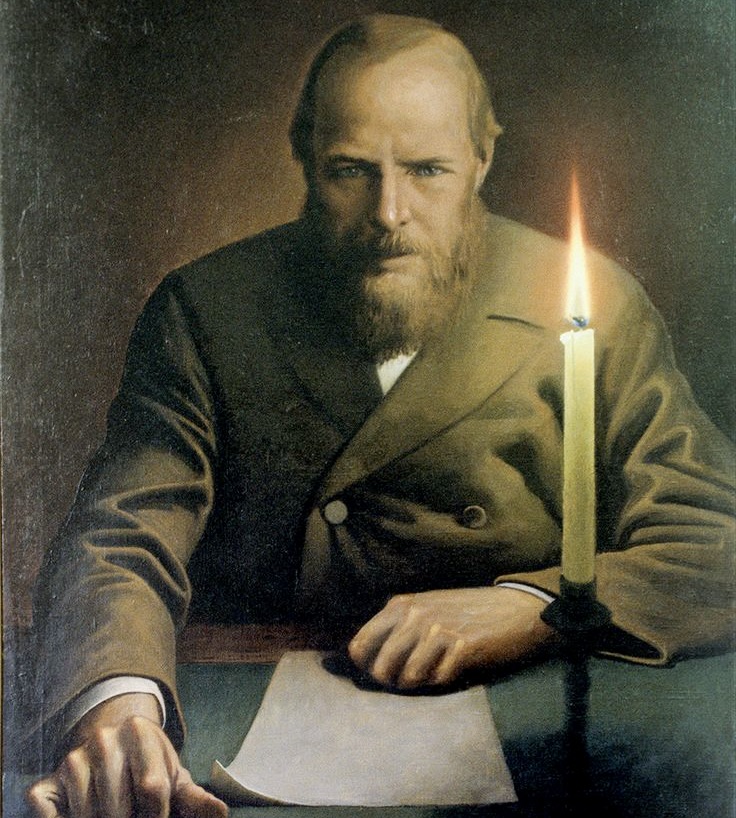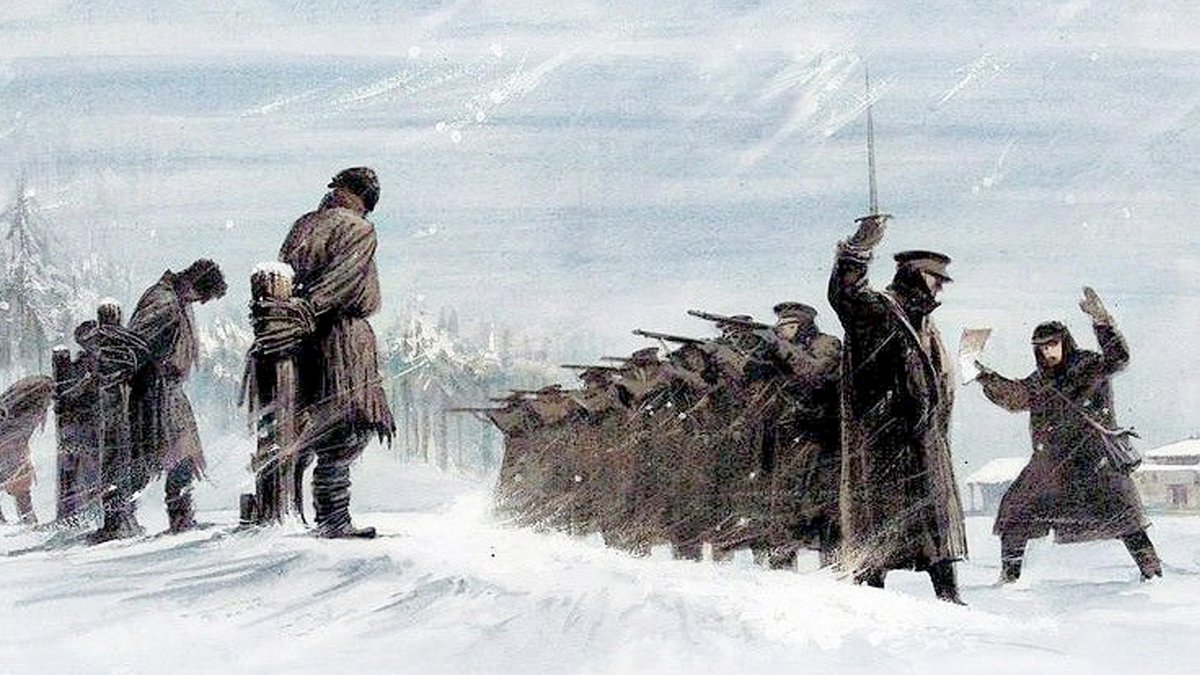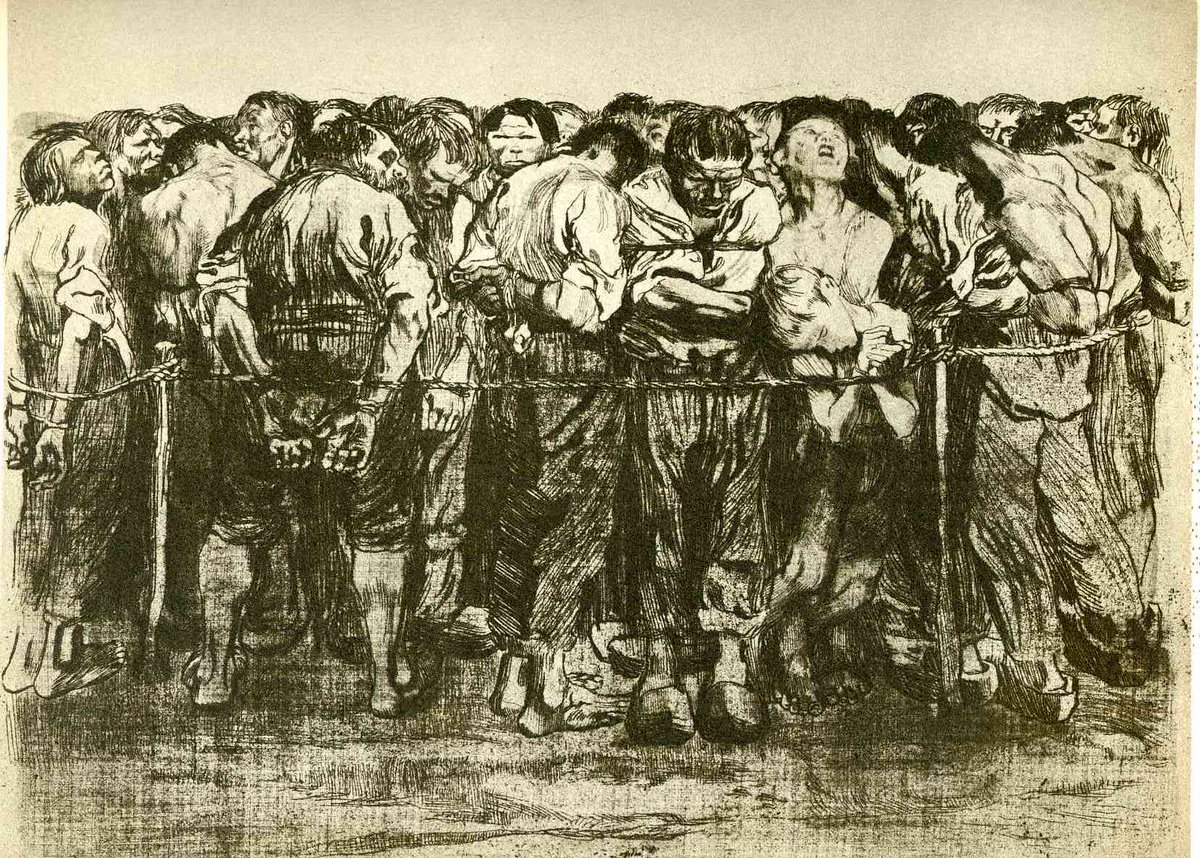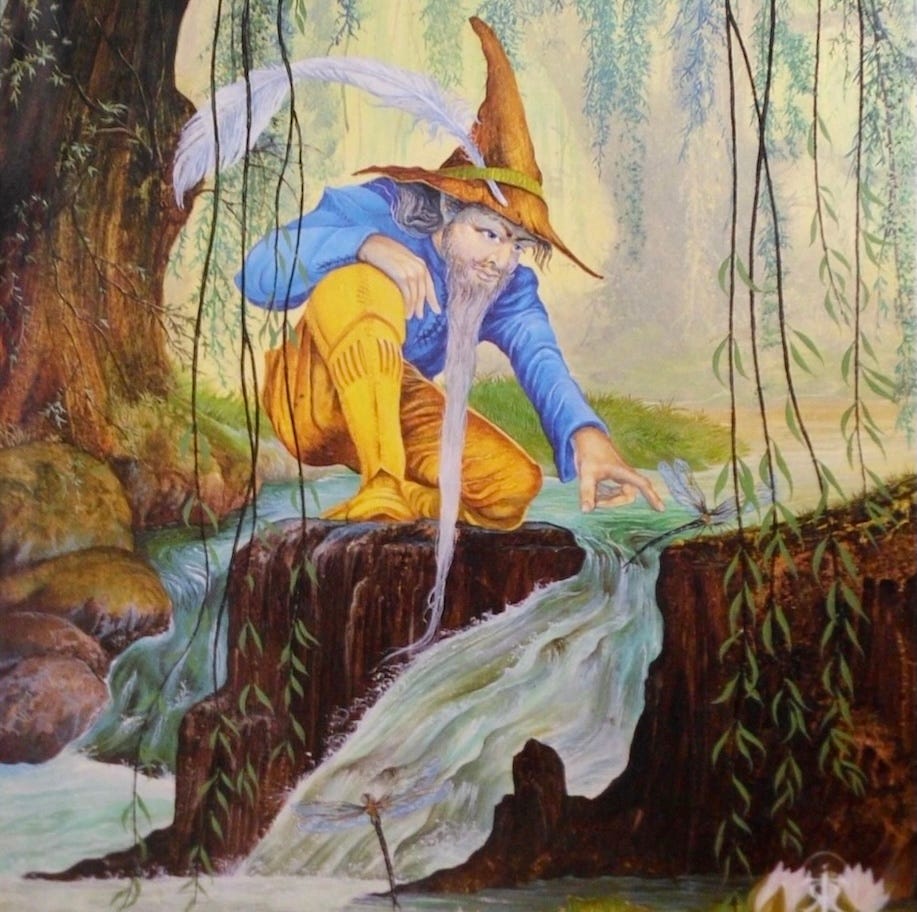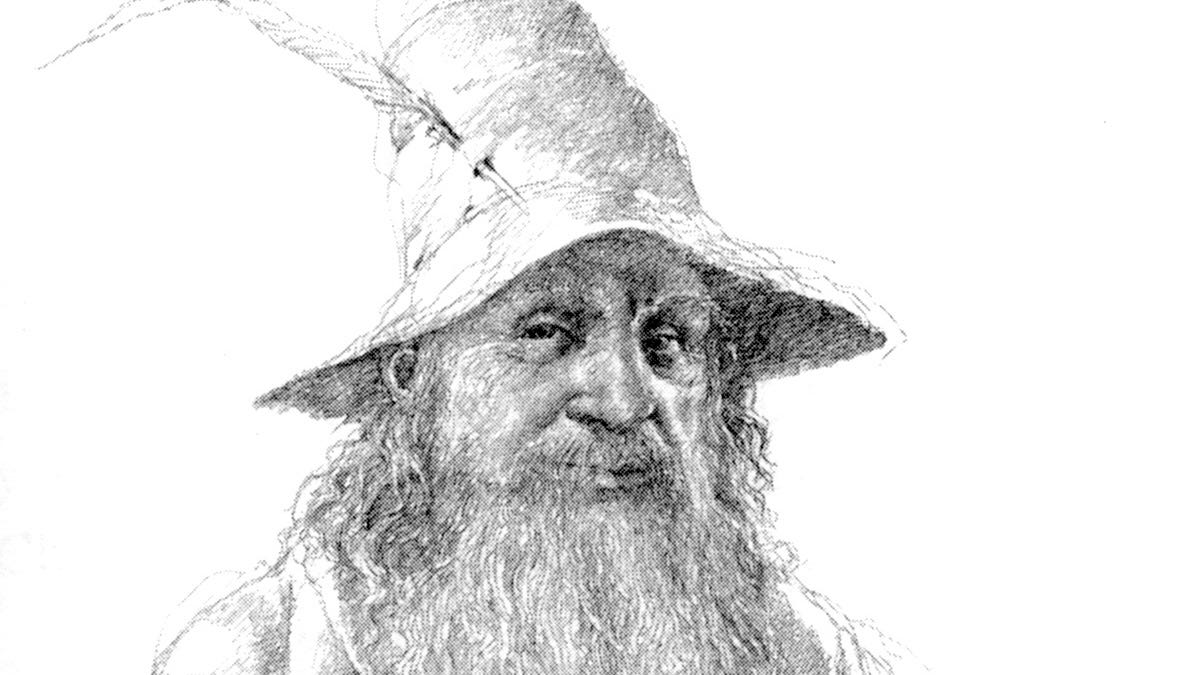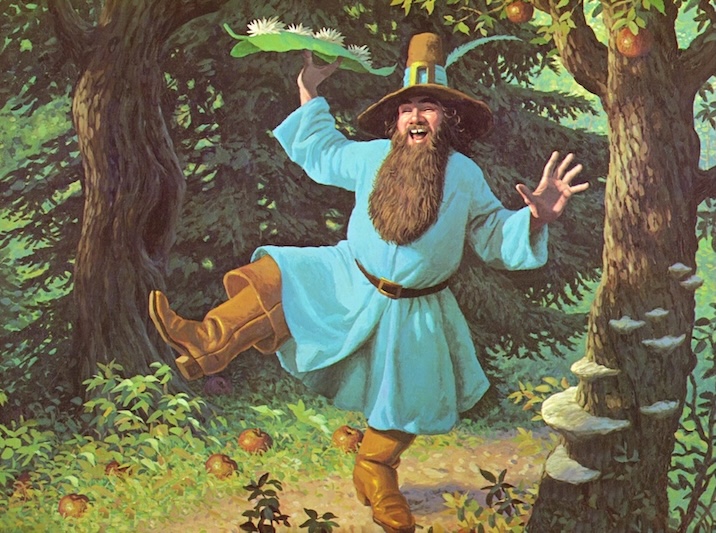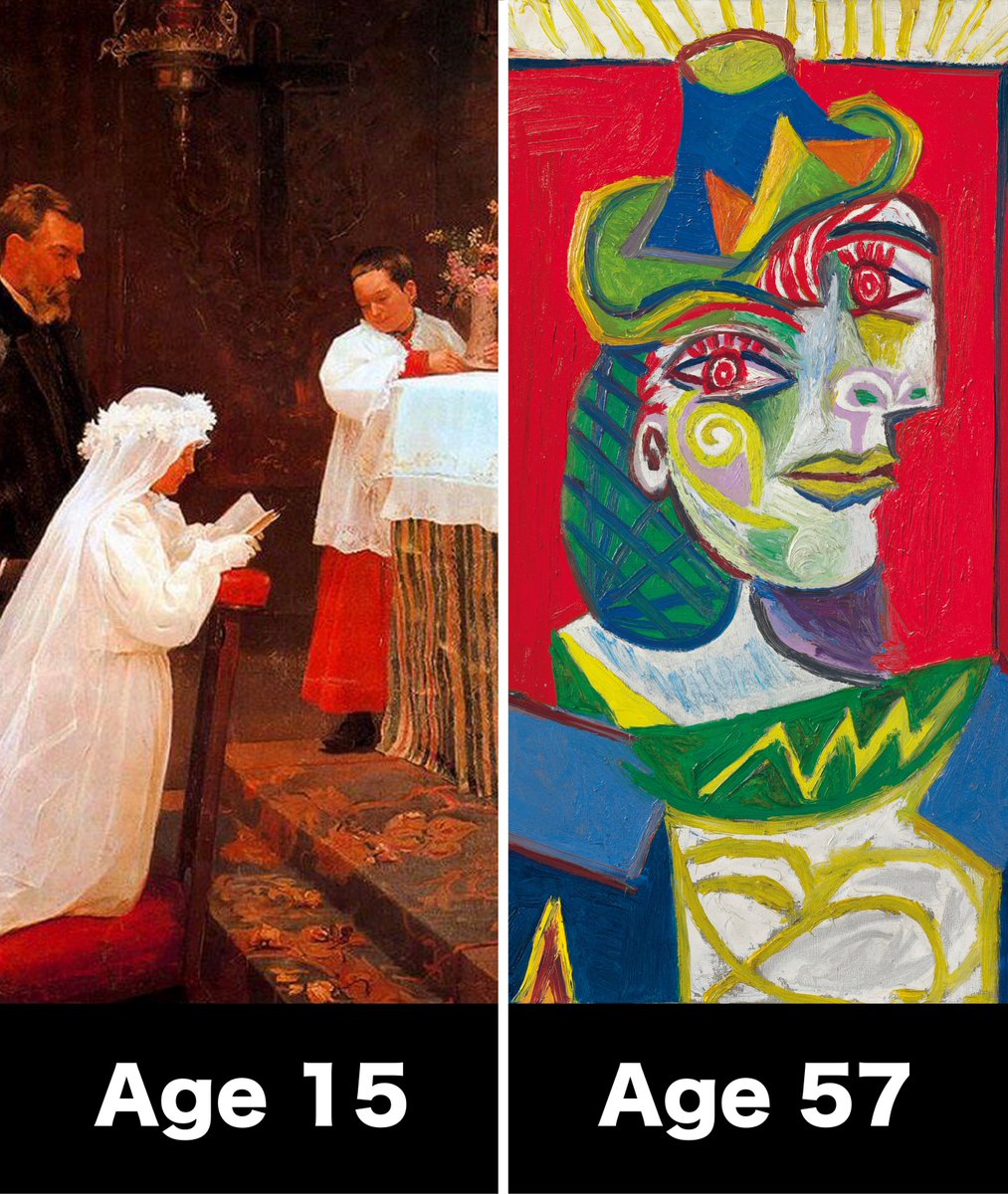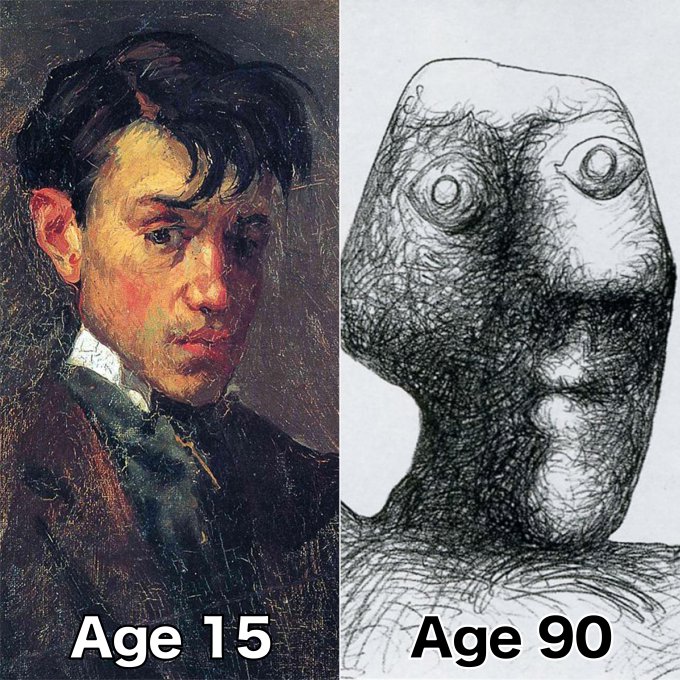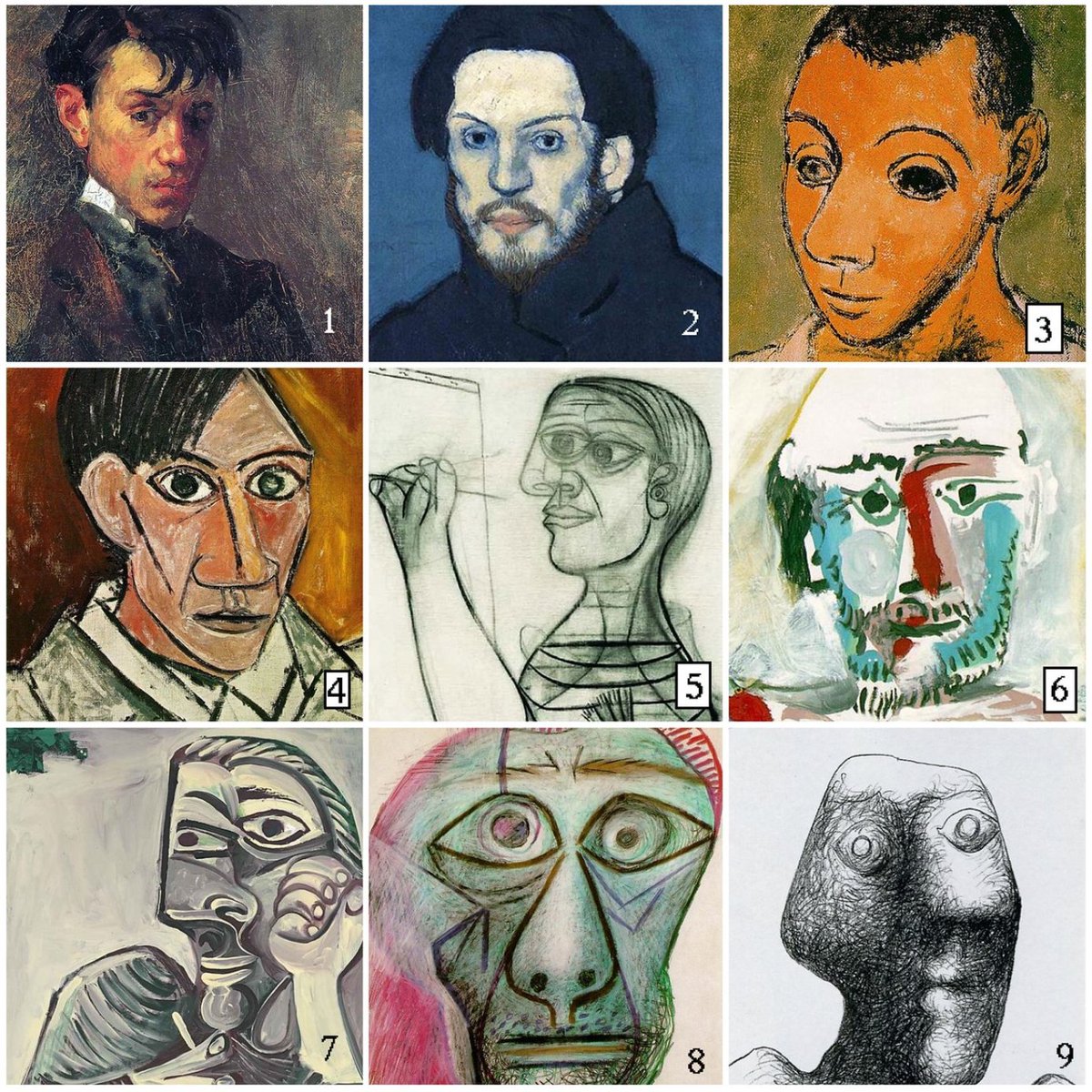Today is Michaelmas — the Christian festival honoring the Archangel Michael.
So, do you ever wonder why so many wonders across Europe bear St. Michael's name?
When you investigate why, you discover something truly strange... 🧵
So, do you ever wonder why so many wonders across Europe bear St. Michael's name?
When you investigate why, you discover something truly strange... 🧵

You know this place already — it's Mont-Saint-Michel in Normandy. Sometimes known as the Wonder of the Western World.
But it turns out it has a twin, 200 miles away...
But it turns out it has a twin, 200 miles away...

St. Michael's Mount in Cornwall, England.
Also a medieval chapel built on a tidal island, only accessible at low tide. Also dedicated to the archangel known for defeating Satan in the New Testament...
Also a medieval chapel built on a tidal island, only accessible at low tide. Also dedicated to the archangel known for defeating Satan in the New Testament...

The two can be connected by drawing a line just over 200 miles long.
But what happens if you keep extending the line?
But what happens if you keep extending the line?

You get what's known as St. Michael's line. It extends from Ireland to Israel, connecting 7 medieval monasteries linked to Archangel Michael.
What are they, and is this simply a coincidence?
What are they, and is this simply a coincidence?

The westernmost point is the island Skellig Michael. Medieval monks came here in the 7th century, and built a church dedicated to Michael around 950 AD. 

Next is St. Michael's Mount. A monastery was built here in the 8th century, and was later gifted to the same Benedictine order of Mont-Saint-Michel.
But local legend says the link is far older, and Michael was sighted here by fishermen in 495 AD.
But local legend says the link is far older, and Michael was sighted here by fishermen in 495 AD.

Then, Mont-Saint-Michel in France.
People call it the 8th Wonder of the World for obvious reasons — we'll come back to this in a moment...
People call it the 8th Wonder of the World for obvious reasons — we'll come back to this in a moment...

Next is Sacra di San Michele near Turin, at the peak of Mount Pirchiriano.
Also on a great pinnacle, and its origin story is a vision of St. Michael — he appeared to a hermit here in 980 AD and told him to build an abbey.
Also on a great pinnacle, and its origin story is a vision of St. Michael — he appeared to a hermit here in 980 AD and told him to build an abbey.

Next is even older: the Sanctuary of Monte Sant'Angelo. St. Michael appeared here in 490 AD, and again in 663 — helping the Lombards defeat invaders in battle. 

Then, a Greek island called Symi. Most of its churches are dedicated to Michael, including this in Panormitis.
It dates to 450 AD, built around a miraculous image of Michael...


It dates to 450 AD, built around a miraculous image of Michael...


Last is the Stella Maris Monastery in Israel — pretty close to Nazareth.
Also a vantage point overlooking a cliff, but not dedicated to St. Michael. It's where the prophet Elijah lived, built over a small grotto of his...
Also a vantage point overlooking a cliff, but not dedicated to St. Michael. It's where the prophet Elijah lived, built over a small grotto of his...

Like Michael, Elijah is often portrayed as a wielder of a sword.
And perhaps it's fitting that the line ends here, at the entrance to the Holy Land...


And perhaps it's fitting that the line ends here, at the entrance to the Holy Land...


So, what is all this about?
It's what's known as a "ley line". You can draw them between all kinds of places and eventually find one. There's another relating to Michael across England...
It's what's known as a "ley line". You can draw them between all kinds of places and eventually find one. There's another relating to Michael across England...

But just how accurate is it?
To capture all 7 points in an arc connecting the middle and end points, the line must be about 20km wide — just a coincidence?
To capture all 7 points in an arc connecting the middle and end points, the line must be about 20km wide — just a coincidence?

First, ask why Mont-Saint-Michel, greatest of them all, is named this way.
In 708 AD, an oratory was built here by a bishop. He said he was visited by Michael in a vision, and instructed to build a shrine on the island...
In 708 AD, an oratory was built here by a bishop. He said he was visited by Michael in a vision, and instructed to build a shrine on the island...

Why?
According to one 9th century text, it's because this was the exact point at which St. Michael defeated Satan (in the form of a dragon), as told in the New Testament...
According to one 9th century text, it's because this was the exact point at which St. Michael defeated Satan (in the form of a dragon), as told in the New Testament...

That, then, is the explanation — according to some.
The line reflects the epic final stroke of St. Michael's sword that sent Satan to Hell...


The line reflects the epic final stroke of St. Michael's sword that sent Satan to Hell...


Of course, there are plenty more medieval accounts of St. Michael appearing across Europe, and countless other sites bearing his name.
But these are the most beautiful and significant of all, arranged unbelievably in one great swing of a sword...


But these are the most beautiful and significant of all, arranged unbelievably in one great swing of a sword...


If threads like this interest you, I go deeper on this and much more in my FREE newsletter!
Over 86,000 people read it: art, history and culture 👇
culture-critic.com/welcome
Over 86,000 people read it: art, history and culture 👇
culture-critic.com/welcome
And if you enjoy these breakdowns, please give the original post a retweet 🙏
And I'll keep doing more of them!
And I'll keep doing more of them!
https://x.com/Culture_Crit/status/1840484174731338163
• • •
Missing some Tweet in this thread? You can try to
force a refresh



